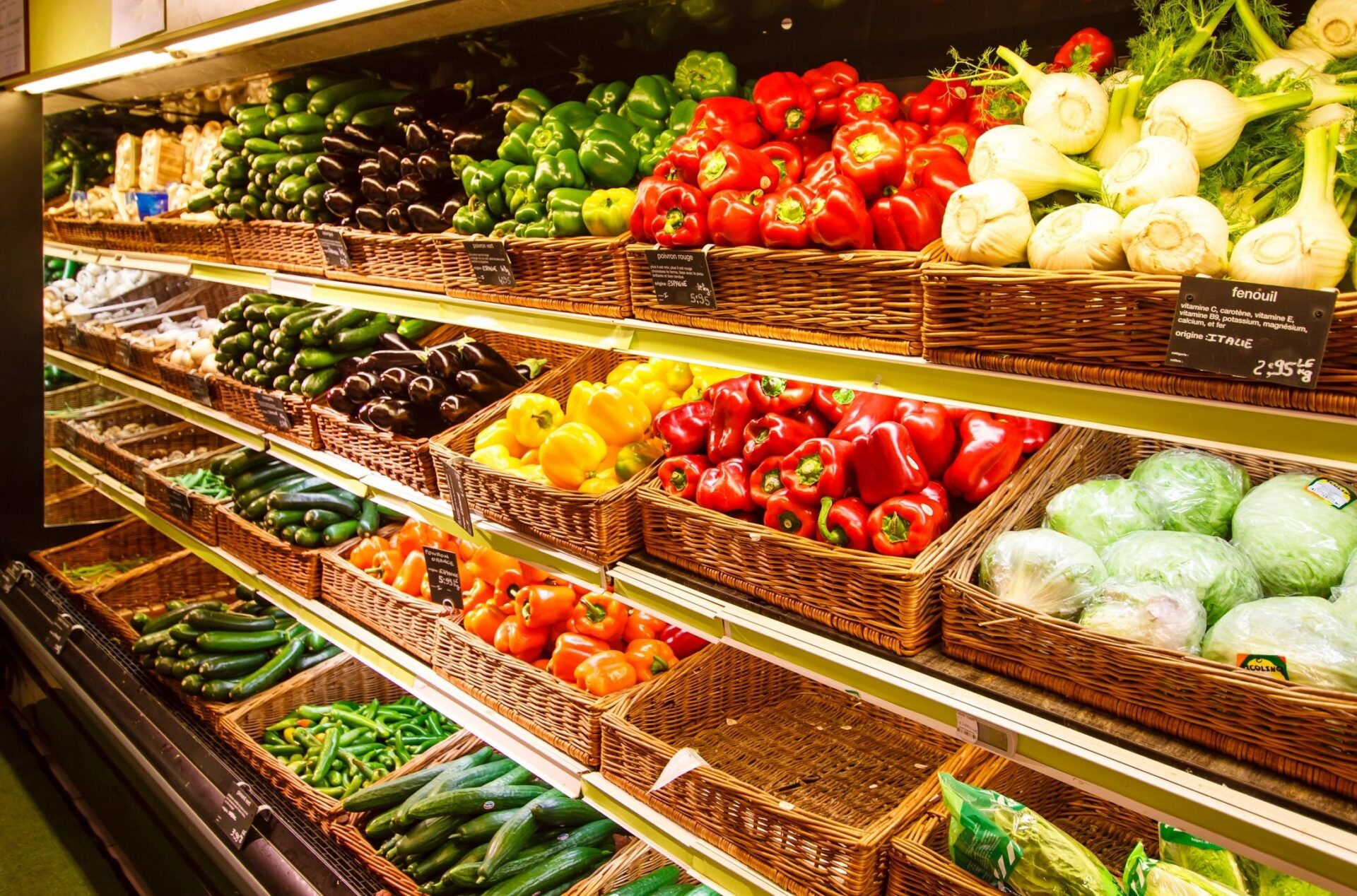Vitamin K is an essential nutrient, key to supporting blood clotting, bone health, and cardiovascular wellness. Although a full-blown deficiency in vitamin K is unusual, a diet lacking in it can lead to health concerns over time, potentially impacting bone density, heart health, and proper blood coagulation. For most people, aiming to meet the Daily Value (DV) of 120 mcg is sufficient to avoid insufficiency.
Vitamin K comes in two main types: K1, or phylloquinone, and K2, or menaquinone. K1 is predominantly sourced from plant foods, with dark leafy greens being particularly rich in it. This is no surprise, given that “phyllo” relates directly to leaves, hinting at its green origin. Vitamin K2, however, tends to come from animal-based products and fermented foods like natto. Despite its importance, detailed information on the exact levels of K2 in various foods remains somewhat limited.
Several foods provide robust levels of vitamin K. For example, mustard greens, when cooked, deliver about 346% of the DV in a half-cup serving, or approximately 415 mcg. On a per-100-gram basis, these greens pack an impressive 593 mcg of the vitamin. Another great source, raw Swiss chard, offers around 332% of the DV in a single leaf or roughly 398 mcg, with 830 mcg per 100 grams. Similarly, beet greens, if cooked, contain about 290% of the DV in just half a cup, amounting to 349 mcg per serving.
Collard greens provide another reliable source of vitamin K, especially when cooked, giving around 254% of the DV per half-cup, translating to about 305 mcg. Natto, a fermented soybean product, offers one of the richest sources of vitamin K2 specifically, with one ounce covering 238% of the DV or approximately 283 mcg. This amount rises sharply to 998 mcg per 100 grams.
For those looking to integrate more vitamin K into their diet without venturing into fermented foods, kale and spinach remain excellent choices. Cooked kale offers roughly 205% of the DV in half a cup, equivalent to 247 mcg, while raw spinach can supply 121% of the DV per cup, or about 145 mcg. Clearly, adding these nutrient-dense greens to daily meals can help ensure a steady intake of this vital vitamin.
Regularly incorporating a variety of these foods—especially leafy greens and fermented options like natto—can help most people meet their vitamin K needs effortlessly, supporting essential bodily functions from heart health to bone strength.


